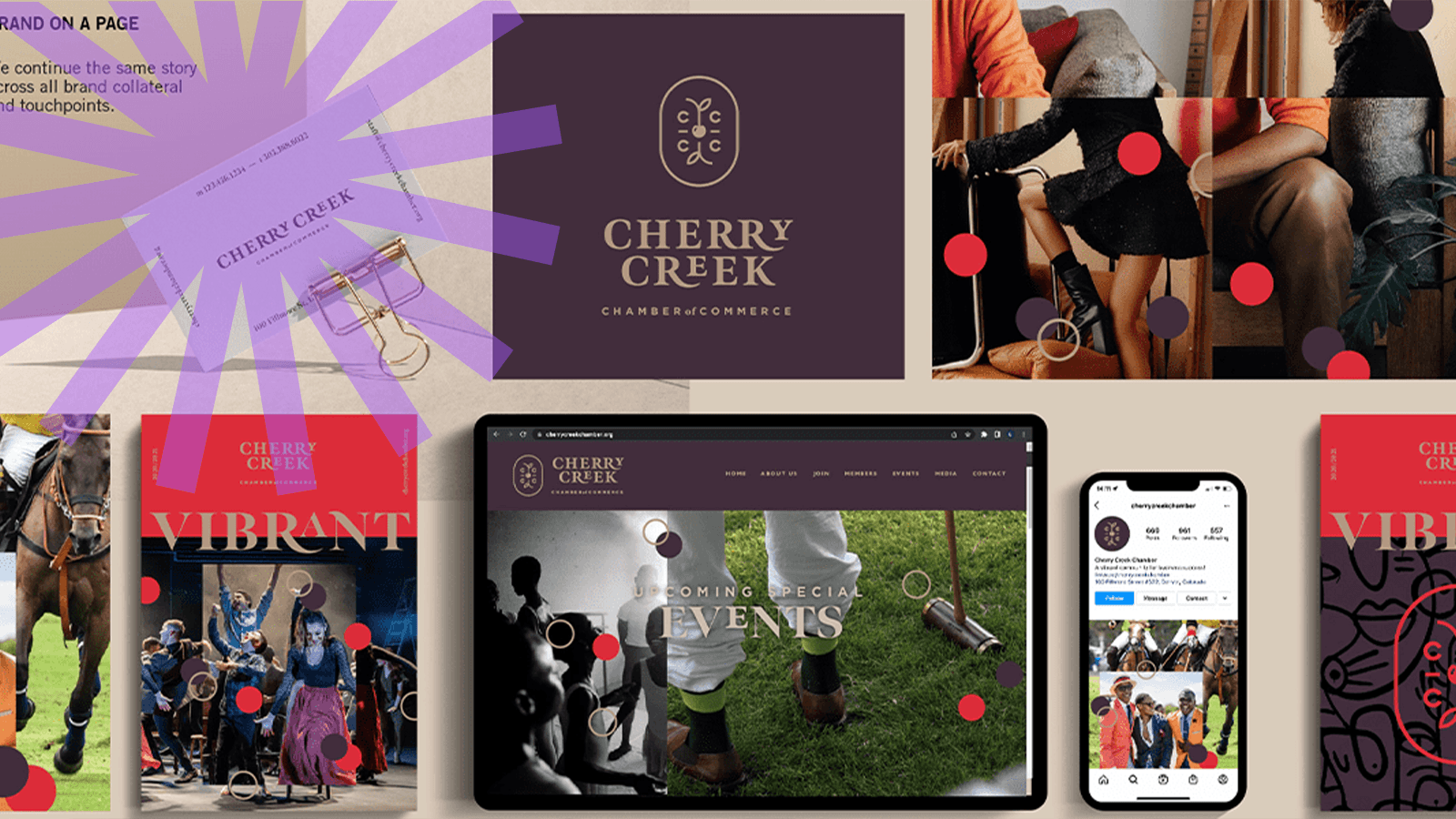How to create your company’s brand identity
The Meaning of Brand Identity
Your brand identity is the visual and emotional impact you have on your audience. It is a visual representation of your company’s values, purpose, and character. Your brand identity highlights who you are as a business and helps to communicate your message to potential customers. Within 2-3 seconds, people would have made up their mind about how your brand looks and will form an opinion about your brand instantaneously.
Think of it as a story, with elements like color choices, typefaces and graphics weaving together to create an unforgettable impression that sets you apart from competitors.
A strong brand identity builds trust and drives purchasing decisions in ways no other marketing tool can – so take some time to craft one that will resonate!
How do you create a visual brand identity?
Creating a visual brand identity is a process that involves thoughtful and intentional design decisions. It includes designing logos, font and color palettes, imagery, and other elements that express the core values of your brand. The goal is to create consistency across all your communications to build recognition and trust with your audience. A strong visual identity helps create a lasting impression of your brand and can be used across any media, from business cards to billboards.
To create a unique brand identity, there are a few key elements to consider:
1. Logo
Your logo is the cornerstone of your visual brand identity and should be carefully crafted to evoke an emotional response from your customers.
Your logo should begin to tell your story. This does not have to be literal but can contain hidden clues that will draw in the subconscious mind of your prospective consumer.
For example, with the new Cherry Creek Chamber of Commerce logo, our design process started by looking at the four Cs in their name – grouping them to reflect our community spirit. Their logo stands as a representation of their commitment to bringing people together and forming meaningful connections.
When creating a logo, make sure it is an accurate reflection of your company’s values. For example, if you’re in the luxury business, it is important to use sophisticated fonts and colors to really convey that feeling of exclusivity that will resonate with your target audience. It’s also important to ensure that the design is simple and easily recognizable so that people will remember it when they see it again.
2. Color Palette
When it comes to defining your brand’s personality, a key factor is selecting the right color palette. The colors you choose can have an enormous impact on how people perceive and respond to your message – so be sure that they accurately reflect what you want to say! For example, if trustworthiness is important for financial services companies, then cool tones like blues and greens could be just the thing – creating a strong sense of security.
When selecting colors, aim for a combination that is not too overwhelming and be sure to match the hue with your overall brand identity. It is also important to have a selection of primary and secondary colors to bring balance to the design elements so that one singular color is not over powering and that a good visual balance is created in all the design elements.
3. Typography
Typography is another important aspect of visual brand identity. The font you choose should reflect the tone and style of your company, from serious and professional to fun and playful. Before committing to any typeface, test out different fonts so that you find one that best speaks to your brand.
It’s also important to pay attention to the hierarchy of your fonts and consider how they will be used in different contexts, such as headlines, body copy, and call-to-action buttons.
4. Visual Style
Visual style is a crucial aspect of creating a brand identity. It refers to the collection of visual elements that are used to communicate the brand’s values and personality. These elements may include the brand’s logo, color scheme, typography, imagery, and other design elements.
Creating a visual style is important because it allows a brand to establish a consistent and recognizable identity across all of its communication channels. A strong visual style creates memorable impressions on consumers and builds trust and credibility with your brand.
When creating a visual style, it’s important to consider the brand’s values and target audience. For instance a youth-oriented brand may use bold and playful design elements, while a high end brand may use a more sophisticated and elegant visual style.
Consistency is also key. All of the visual elements used by a brand should be cohesive and work together to create a unified look and feel. This helps consumers to easily recognize and remember the brand, whether they encounter it on social media, in magazine adverts, or in physical stores.
5. Brand identity examples
If you want to take a peek at some great brand identities, then look no further! Here are the links that will show you what makes certain logo designs and branding stand out from the crowd.
So there you have it: a basic understanding of brand identity, how to create one, and some examples for inspiration. Keep in mind that these are just the foundation stones for building your own unique brand – but they’re essential nonetheless. And if you need help putting all the pieces together, we’re always here to lend a helping hand. Give us a call today!












Leave a Reply